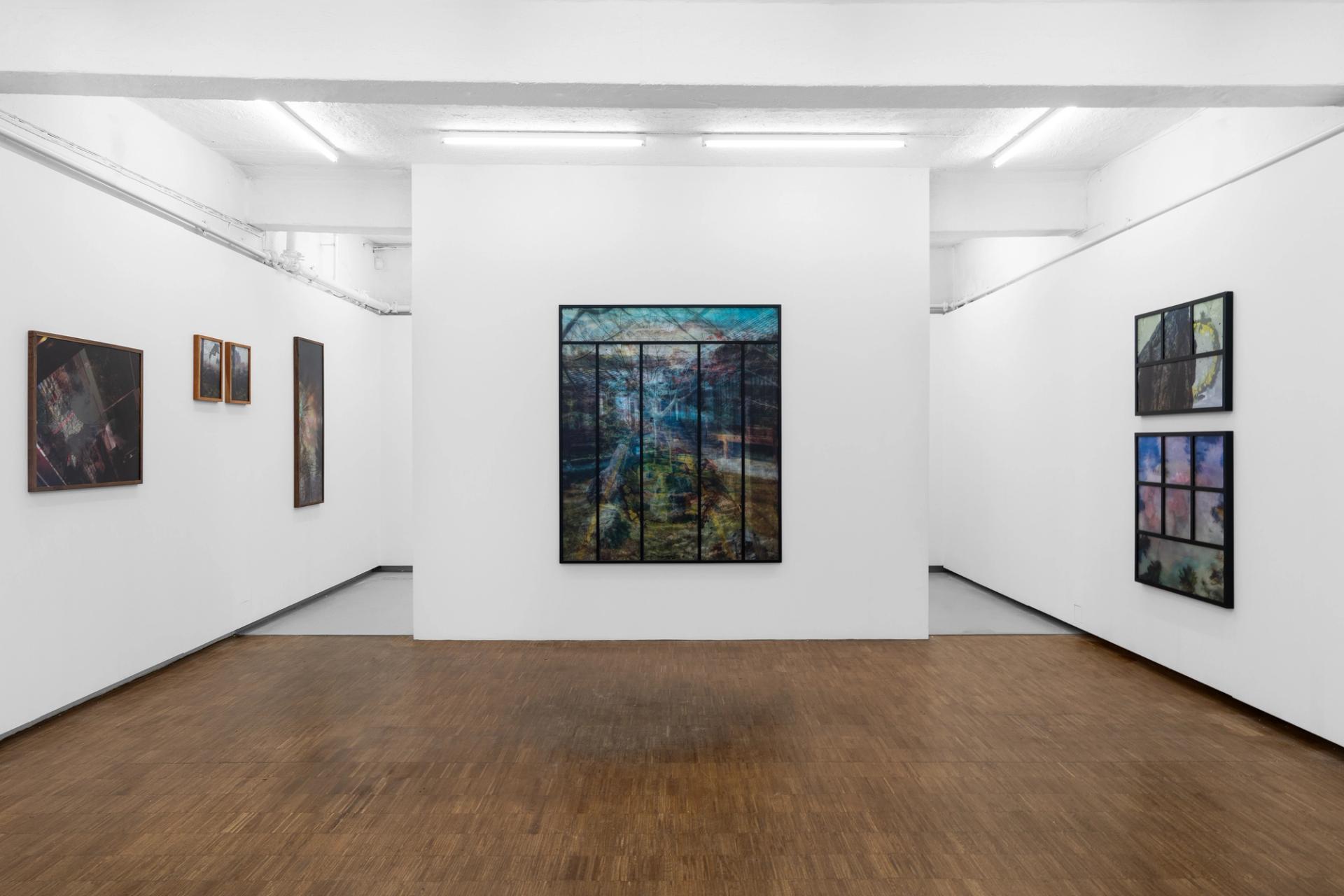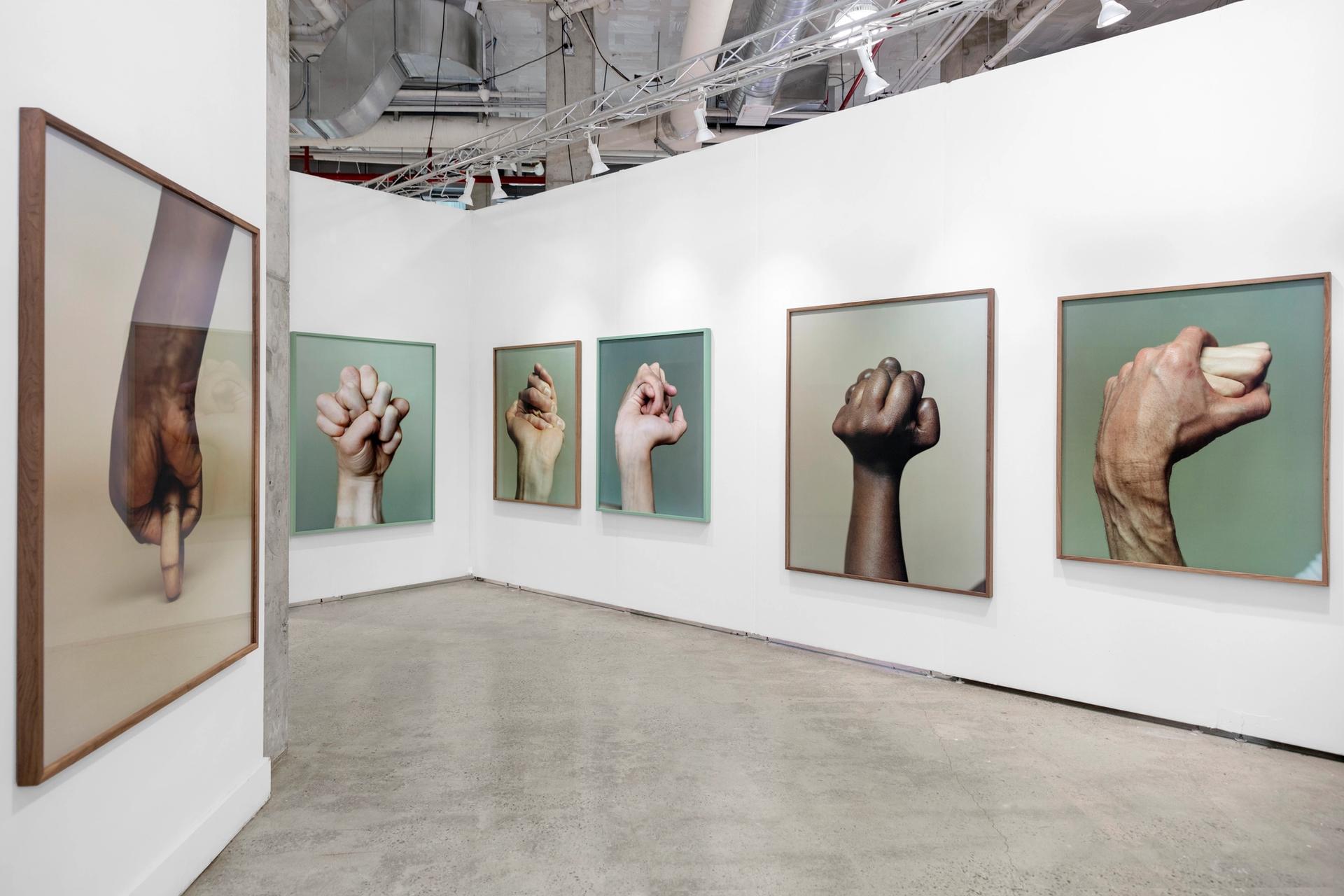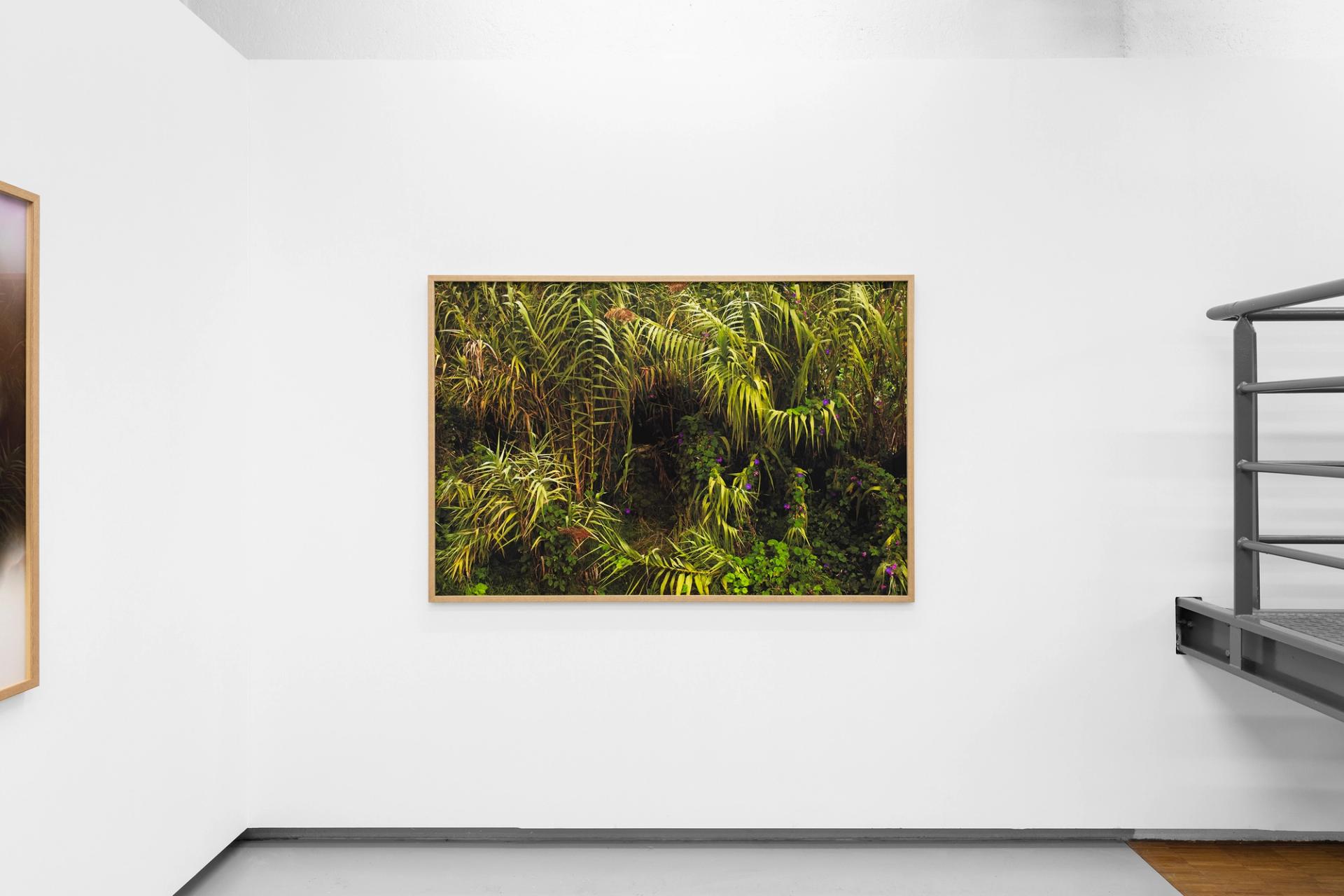
John Cage (b. New York, United States) was an experimental composer and writer who influenced the post-war avant-garde. Cage has a particular history with Norway. In 1983, he was invited for a residency at the Henie Onstad Art Centre at Høvikodden. He showed up with a suitcase full of mushrooms and music instruments, among other objects. His works exhibited at suddenly gave the effect of sunlight—Haikus (Letters from the seventeen chapters of Finnegans Wake), 1983—were made during his time in Oslo, and given to the director of the Henie Onstad Art Centre, Ole Henrik Moe, upon departure.
Ignas Krunglevičius (b. Kaunas, Lithuania) lives and works in Oslo, Norway. His installations, videos and sculpture often combine sound and text, in which he explores the intermixing between the agency of power, economy, nature and existential realities generated by global technological development. Krunglevičius has exhibited at the Museum of Contemporary Art in Kraków, Kunstnernes Hus in Oslo, the Contemporary Art Centre in Vilnius, HKW in Berlin, etc. In 2009, he participated in the 26th Kassel Documentary Film and Video Art Festival. Recently, he has been invited to participate at Aichi Triennale (2016) in Nagoya, Japan, ICA Philadelphia in USA (2017), and the 6th Moscow International Biennale for Young Artists (2018) and Nam June Paik Art Center in South Korea (2018).
Nora Joung (b. Norway) lives and works in Oslo. She’s educated at the Art Academy in Bergen, Akademin Valand, Gothenburg, Aarhus Litteraturcenter, and the Art Academy in Oslo. Joung works as an artist and a critic, is an editor in the small press House of Foundation, and co-organizes the artist-run gallery project Destiny’s in Oslo.
Kamilla Langeland (b. Kongsvinger, Norway) lives and works in Oslo. She holds a BFA from The Academy of Fine Art in Oslo, and graduated with an MFA from The Academy of Art and Design in Bergen in 2017. Recent solo exhibitions include, The Garden We Share, Noplace Gallery, Oslo (NO), The Thinker, Flower Pot and Mush (with Sjur Eide Aas) Entrée, Bergen (NO) and Cuckoo in The Weed Warblers Nest, MELK Gallery, Oslo (NO). Her work has been included in exhibitions at OSL Contemporary, Oslo (NO), Henie Onstad Kunstsenter, Oslo (NO), Preus Museum, Horten (NO), Contemporary Creation Centre Olivier Debré, Tours, (FRA), Kunstnernes Hus, Oslo (NO), Jimei x Arles International Photo Festival, Xiamen (CN) and Fotogalleriet, Oslo (NO).
Susanne M. Winterling (b. Rehau, Germany) is working across a variety of media, including film, photography, sculpture and performance. She is primarily known for her time-based installations that critically engage the representation of reality. With an emphasis on enhancing our perceptual and critical consciousness, Winterling undertakes an affective and material-based research that highlights the subjective interaction between producers, viewers, materials and species in our ecology. Recent exhibitions include the ICA Philadelphia, the MIT List Center Boston, Contour Biennale, Empty Gallery Hong Kong, TBA21 Vienna, MoMa Dubrovnik, etc.
John Cage, Nora Joung, Ignas Krunglevicius, Kamilla Langeland, Susanne M. Winterling
Curated by Sara R. Yazdani
Ideas of autonomy, life, and what an individual being is, have been a concern of avant-garde artists and philosophers since the beginning of the early 20th century. Exploring living and technical beings in the 1950s and 1960s, the philosopher Gilbert Simondon formulated that a being is nothing on its own, but becomes meaningful and autonomous through dynamic interactions with other beings. This takes place in its environment, construed as certain relations evolve via processes of individuation and concretization. Individuation contra the singular individual is to speak of technical, living and material agency as the very process when machines, images, bodies, technologies or other forms of beings become autonomous through interactions with other beings in a milieu—environments, which can include humans, animals, hands, images, screens, sound waves, natural materials such as water, plants and the simplest—such as a molecule or a binary code. This exhibition, suddenly gave the effect of sunlight,aspires to unfold these conditions of becoming, the processes when not only humans but also objects and technologies, whether living or not, form milieus with one another. It is concerned with existence, ways of being, sensation, and a relational thinking about conditions of Earth today.
suddenly gave the effect of sunlight proudly presents a group of Norwegian and international artists working with sound, living organisms, photography, installations, video, poetry, drawings, and computer-generated images, in ways that explore sensation, the production of subjectivity, geopolitics and social relations between matter, human bodies, machines and species across parallel ecologies.
The title of this exhibition is taken from a work written by the composer and leading figure of many Fluxus artists, John Cage (1912-1992): “WHERE ARE WE GOING? AND WHAT ARE WE DOING?” in Silence (1968), a piece compiled by the use of chance operations.
Cage’s works and writings emphasize a networked view of the world, in which nature and culture are in a symbiotic relationship. Significantly, the mushroom showed up in Cage’s writings, worksand performancesagain and again, inparticular his own writings in Silence, Mushroom Book and M. Cage eats mushrooms. He also devoted himself to the “contemporary mushroom” as a networked species to explore processes taking place in the world: in visual art, music, technologies and the simplest matters. Here, things, species and technologies are considered as “living organisms” existing in networks with other organisms. In her recent writings on mushrooms, Anna Tsing writes that within fungi networks there are no distinctions between the subject/object and life/nonlife. Questioning the notion of the Anthropocene, she turns to the mushroom to look at potential entanglements in our world. These lives, as she calls them, also make worlds, and they “show us how to look at the world.”
Looking, hearing, seeing, being, connecting.
suddenly gave the effect of sunlight is generously supported by The Arts Council Norway and Norsk Fotografisk Fond.











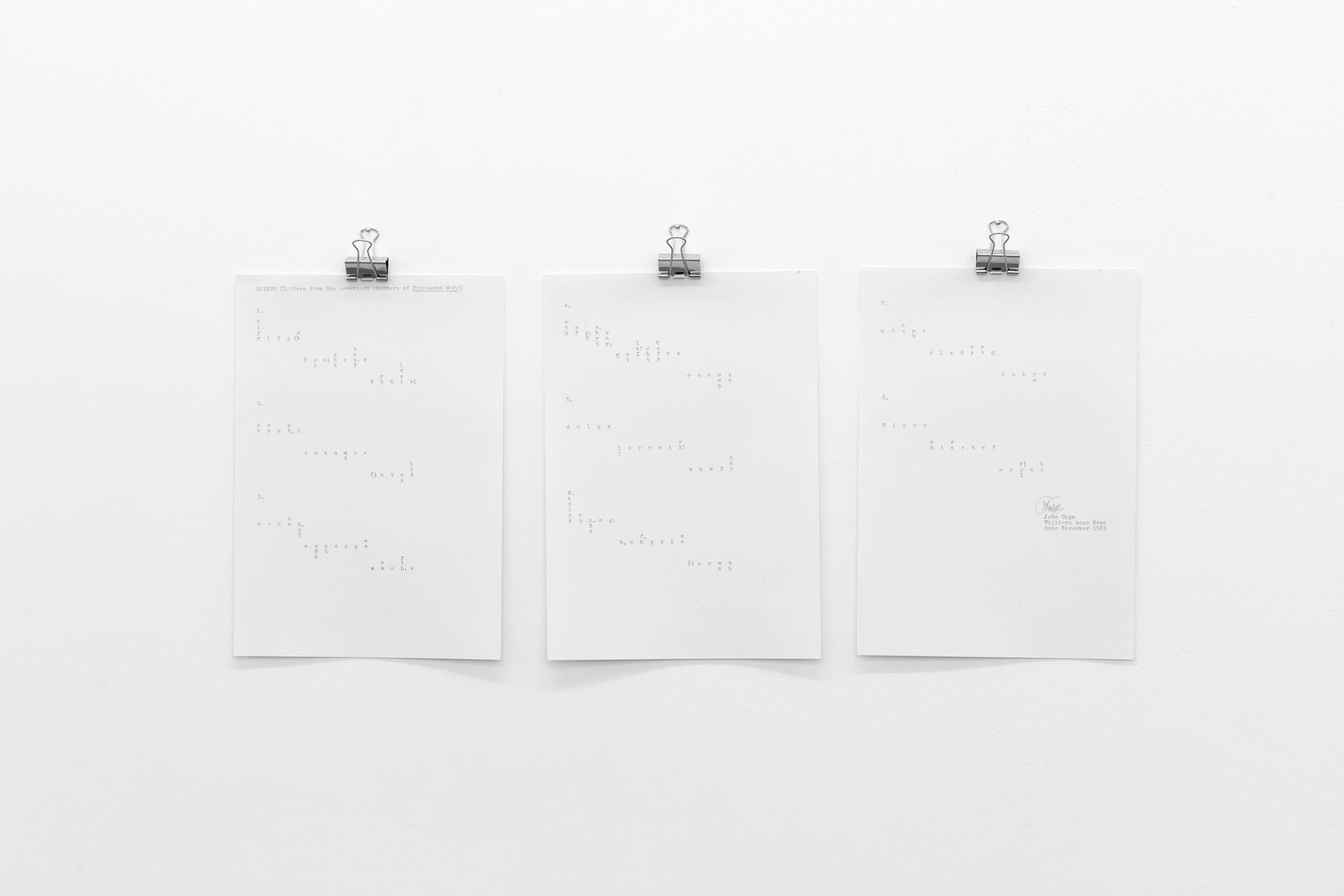
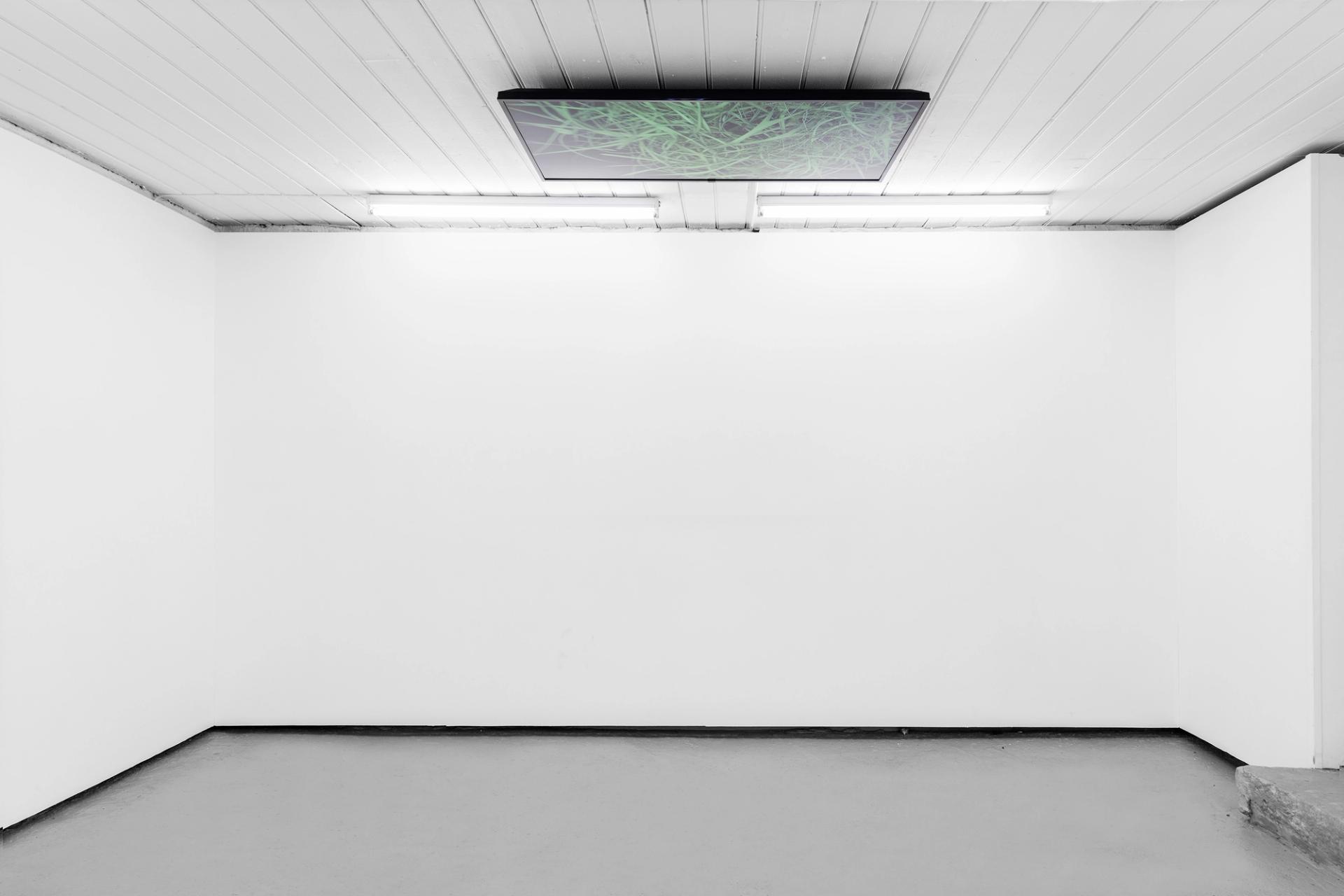


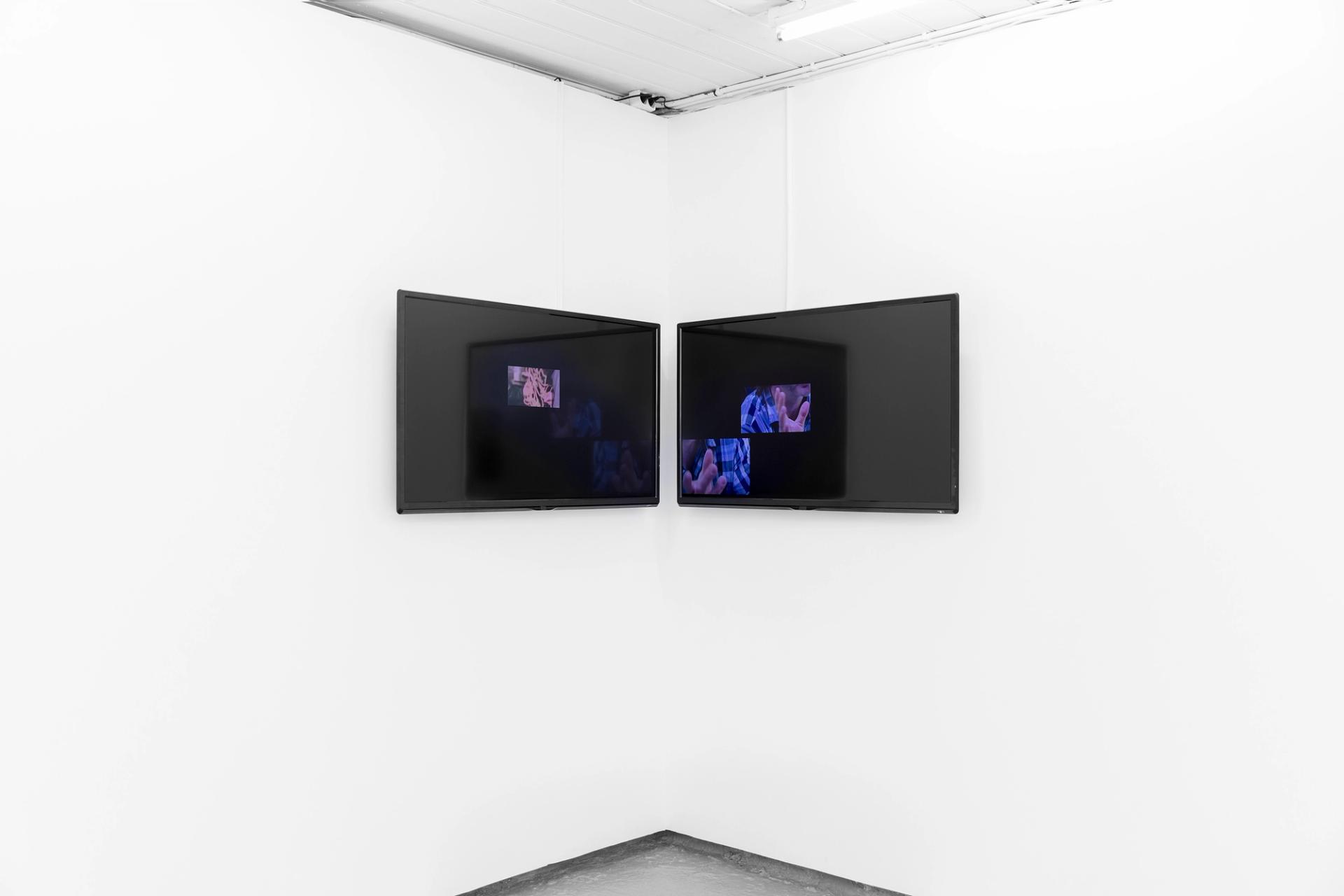
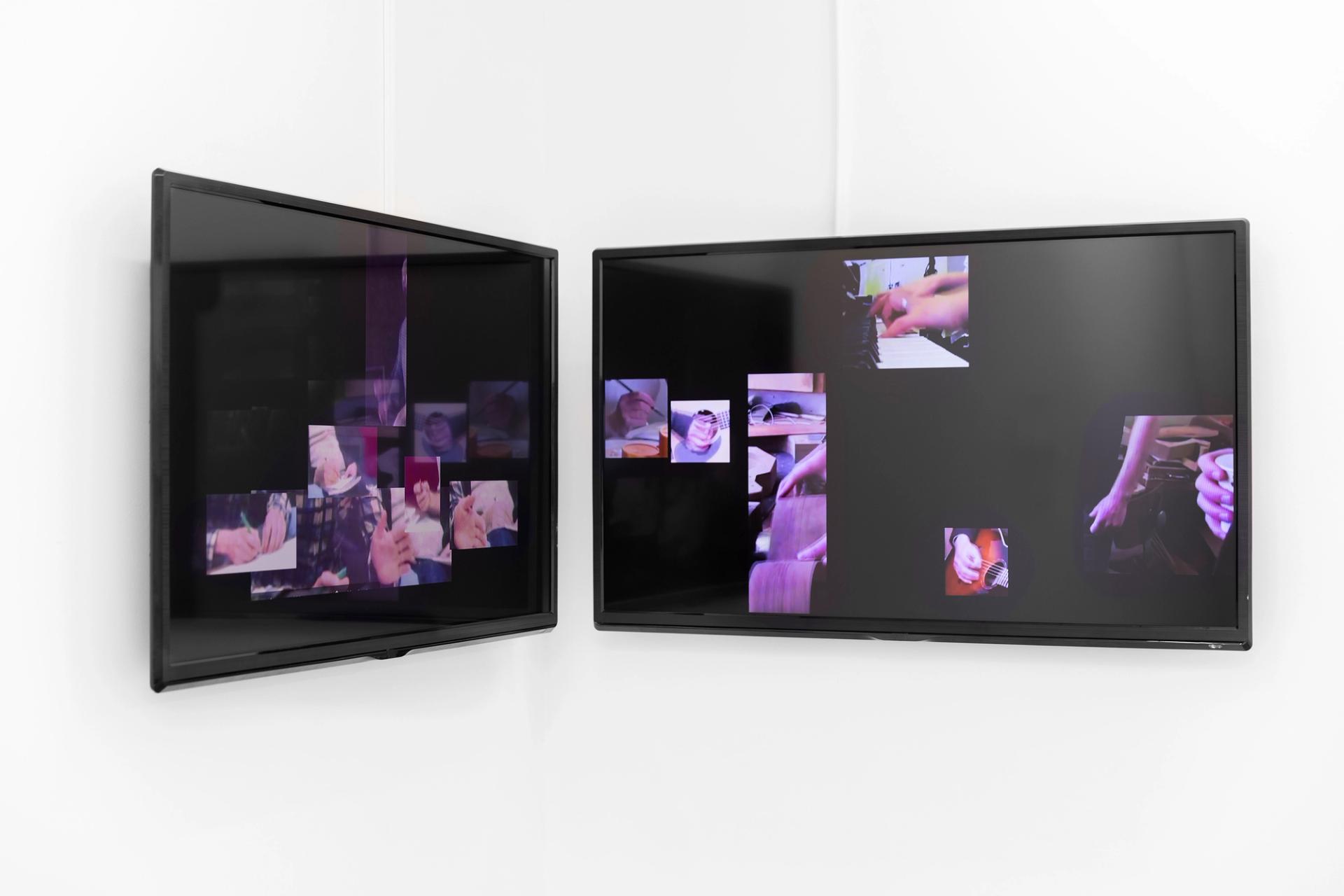



↓ Previous Shows
